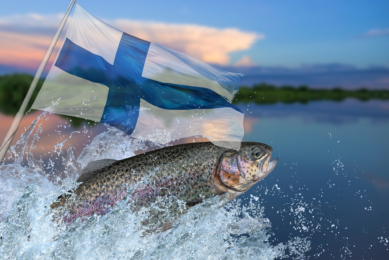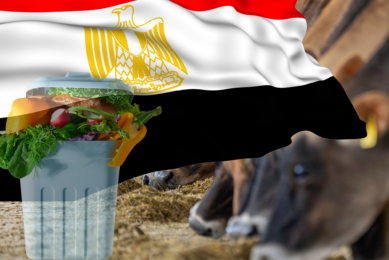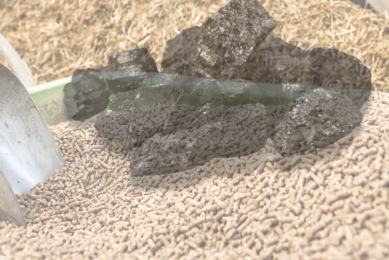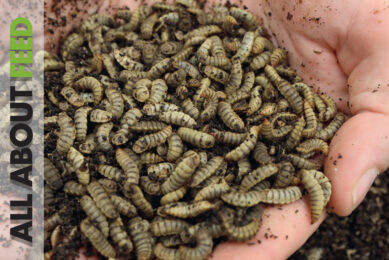5 potential marine organisms used in aquafeed
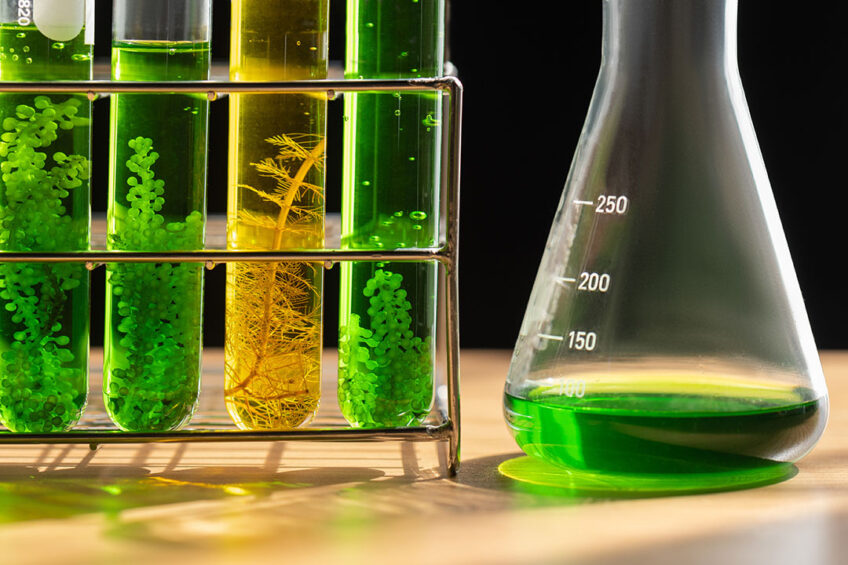
This article will discuss marine organisms such as microalgae, fungi, marine bacteria, macroalgae, and macroinvertebrates as sustainable protein-enriched ingredients used in aquafeed.
Aquaculture is one of the fastest-growing food-producing industries worldwide and it is predicted that by 2050, aquaculture production will reach 140 million tonnes. However, the constant growth of aquaculture relies on the access to sustainable supplies of protein feedstuff as a fundamental macronutrient in aquafeed. Due to the sustainability issue attached to the supply of protein from fishmeal, there is a need to develop alternative sustainable protein resources for aquaculture to underpin the increasing demands for aquafeed and to remediate nutrient discharges.
 Microalgae
Microalgae
Microalgae are considered an alternative source of protein, fatty acids, carotenoids, and antioxidants including polyphenols, sterols, and vitamins A and E for sustainable aquaculture. Microalgae cultivates on non-arable land which minimises water demand. In addition, microalgae convert nutrients into high-quality feed ingredients, uptake carbon dioxide in the environment, and decrease environmental footprint, water pollution and deleterious ecological effects.
Microalgae contain high essential polyunsaturated fatty acids and amino acids; however, there is an upper limit to how large a fraction of the aquafeed can be comprised of microalgae.
Replacing fishmeal with microalgae to up to 30% increases growth and survival rate, improves pigmentation, enhances immunological response and overall health of aquaculture species.
The bioactive compounds in microalgae have immune-stimulating properties and anti-parasitic effects. Therefore, replacing fishmeal with microalgae improves the resistance to various types of infection.
 Fungi
Fungi
Fungal biomass contains protein, essential amino acids, polyunsaturated fatty acids, fibres, minerals, and vitamins. By-products of fungi can replace fishmeal in aquafeed with beneficial effects on fish and shrimp species.
Marine fungi have antimicrobial properties against fish and shrimp pathogens such as Lactococcus garvieae, Vibrio anguillarum, Vibrio harveyi, Yersinia ruckeri and Vagococcus salmoninarum. In addition, fungal bioactive molecules have antioxidant, and immunostimulation properties which improve the health of aquatic animals, including sea cucumbers by regulating the host gut microbiota structure.
Furthermore, mycoproteins are a sustainable protein resource for aquafeed due to their capability to grow in bioreactors with high metabolic rates using different by-products such as carbon and nitrogen sources. Moreover, fungi produce a variety of enzymes to convert different substrates into biomasses rich in polysaccharides with immunostimulant activity.
 Marine bacteria
Marine bacteria
Bacteria are beneficial in the managing of aquafeed production costs, to maintain feed performance, and to improve the health of aquaculture species. Single-cell protein sources such as bacteria can be fed to different taxonomic groups of zooplankton used as live food to larvae in aquaculture hatcheries, or directly included in the diet of fish, bivalves, and crustaceans.
Bacteria produce high values of crude protein, essential amino acids, vitamins, phospholipids, and bioactive secondary metabolites. Bacterial single-cell protein-based products are effective growth promoters which can replace fishmeal and boost immune response and survival of aquaculture species such as salmonids and shrimps.
In addition, marine bacteria such as bacillus strains produce beneficial enzymes such as proteases, carbohydrolases and lipases which improve food degradation, thus enhancing the nutritional value of aquafeed.
 Macroalgae
Macroalgae
Macroalgae or seaweed are multicellular, large-size algae, visible with the naked eye and comprised of protein, and secondary metabolites that could benefit farmed fish. In addition, various macroalgae have prophylactic and therapeutic properties.
Furthermore, macroalgae genera such as Asparagopsis spp. and Sargassum spp. have antimicrobial properties against many infectious agents of fish and shrimp. Besides antimicrobial activity, macroalgae exhibit anti-inflammatory and immune modulation traits in fish. However, application of macroalgae biomass as a source of protein in aquafeed requires key technical innovations to improve nutritional quality of macroalgae protein source.
 Macroinvertebrates
Macroinvertebrates
Macroinvertebrates such as amphipods are rich in protein (approximately 40% of their dry weight) and contain less than 10% carbohydrates and lipids. In addition, amphipods contain well-balanced fatty acid composition, with high levels of favourable polyunsaturated fatty acids such as eicosapentaenoic acid, and docosahexaenoic acid. Caprellid amphipods can be used as a live aquafeed either collected in field or cultured. Amphipods have adequate nutritional values for applications in aquaculture, but cultivation processes lead to low survival rates or species reproduction.
Concluding remarks
Application of marine organisms such as microalgae, fungi, marine bacteria, macroalgae, and macroinvertebrates as sustainable protein-enriched ingredients in aquafeed improves aquaculture sustainability and efficiency. However, marine organisms contain varied protein and bioactive compounds; therefore, further research is needed to understand their impact on target aquaculture species.
* Reference is available upon request.




